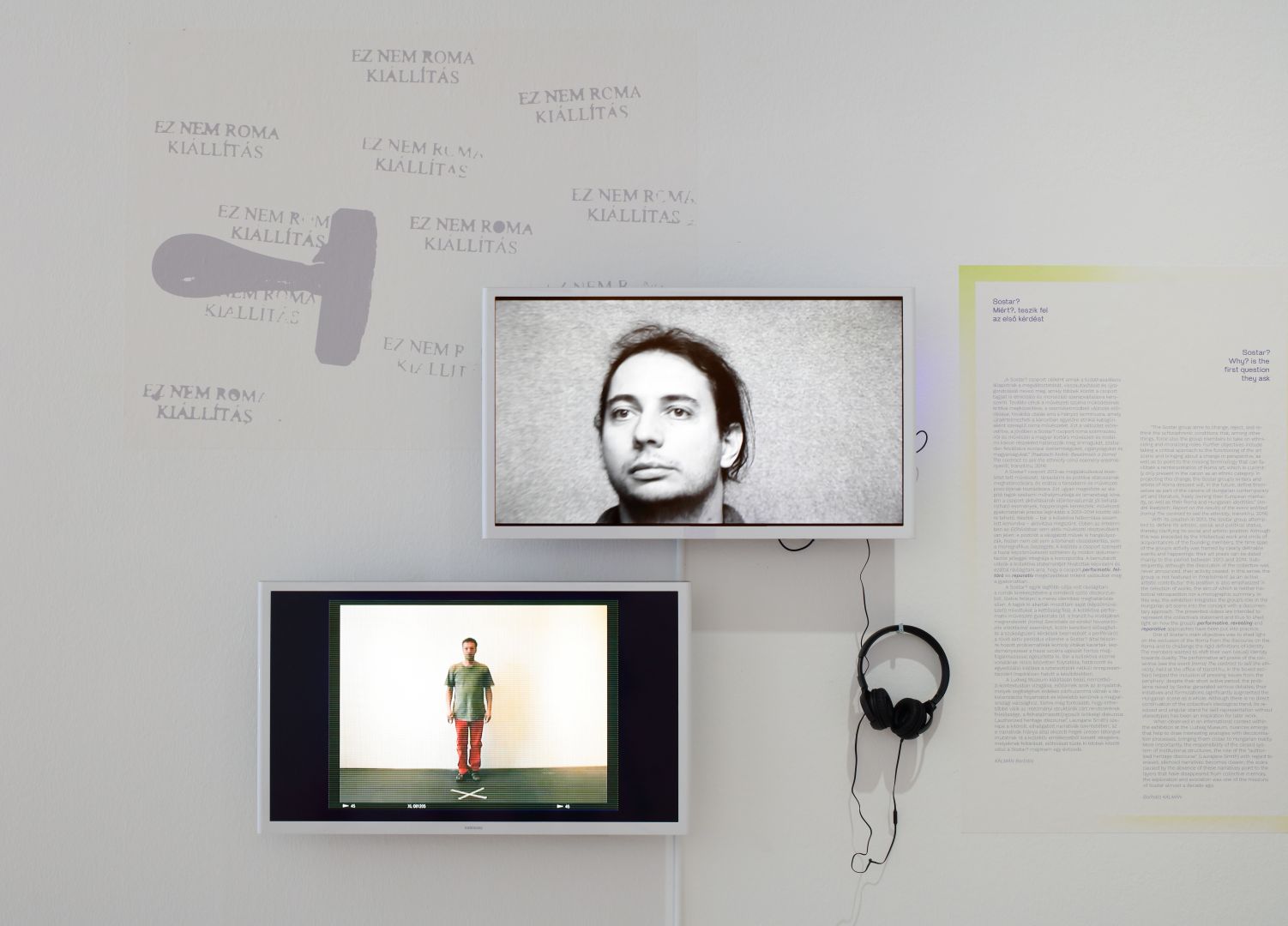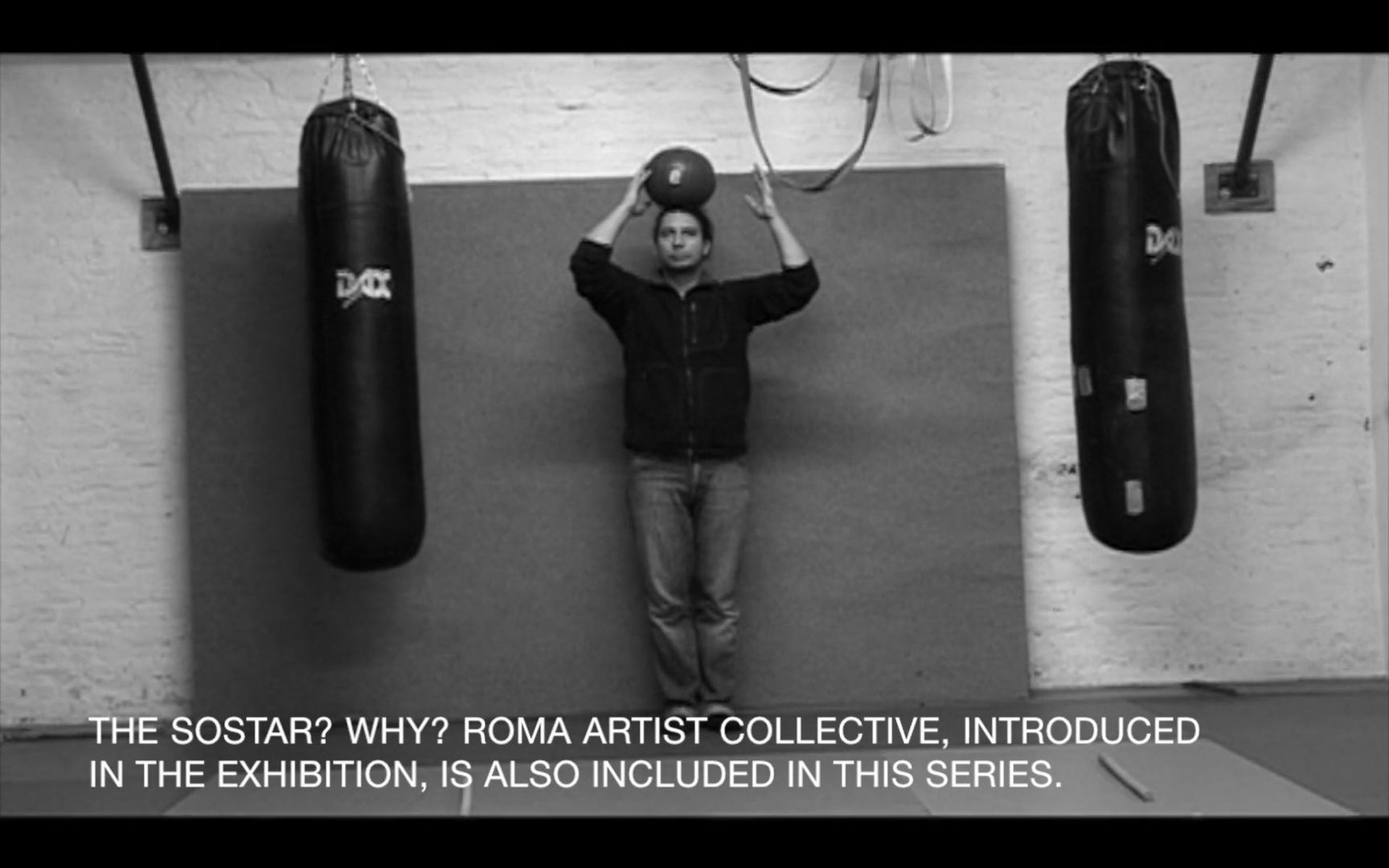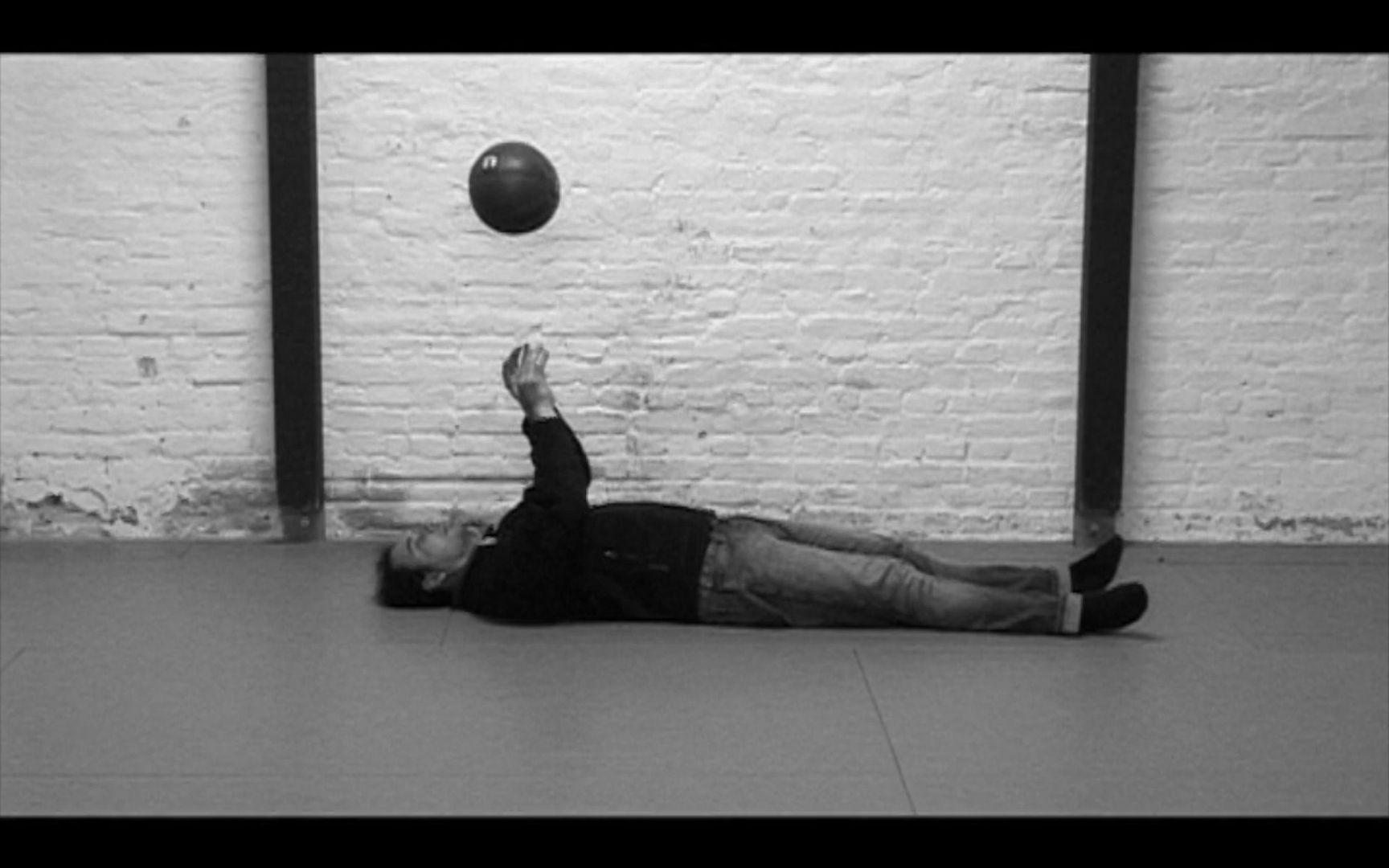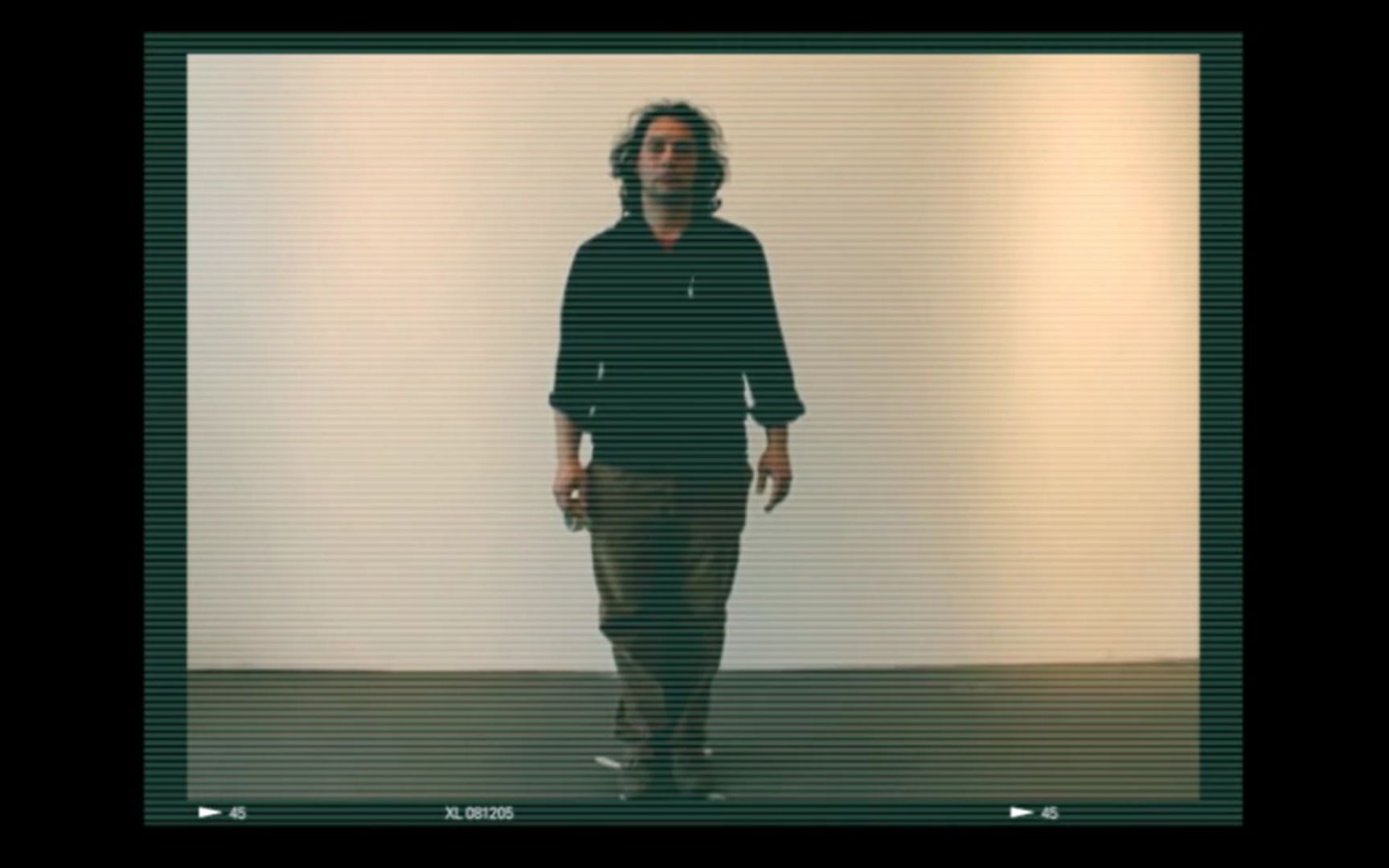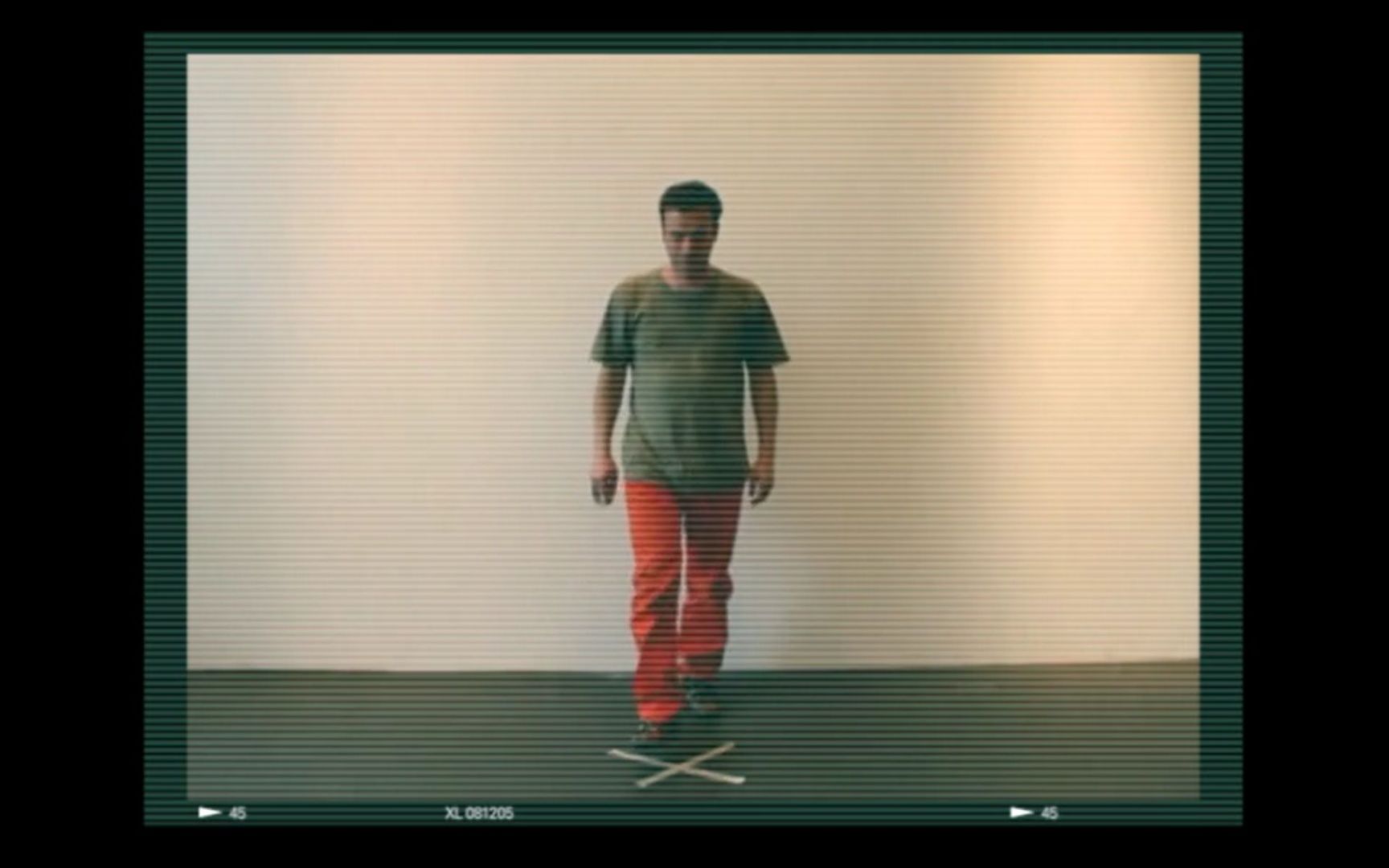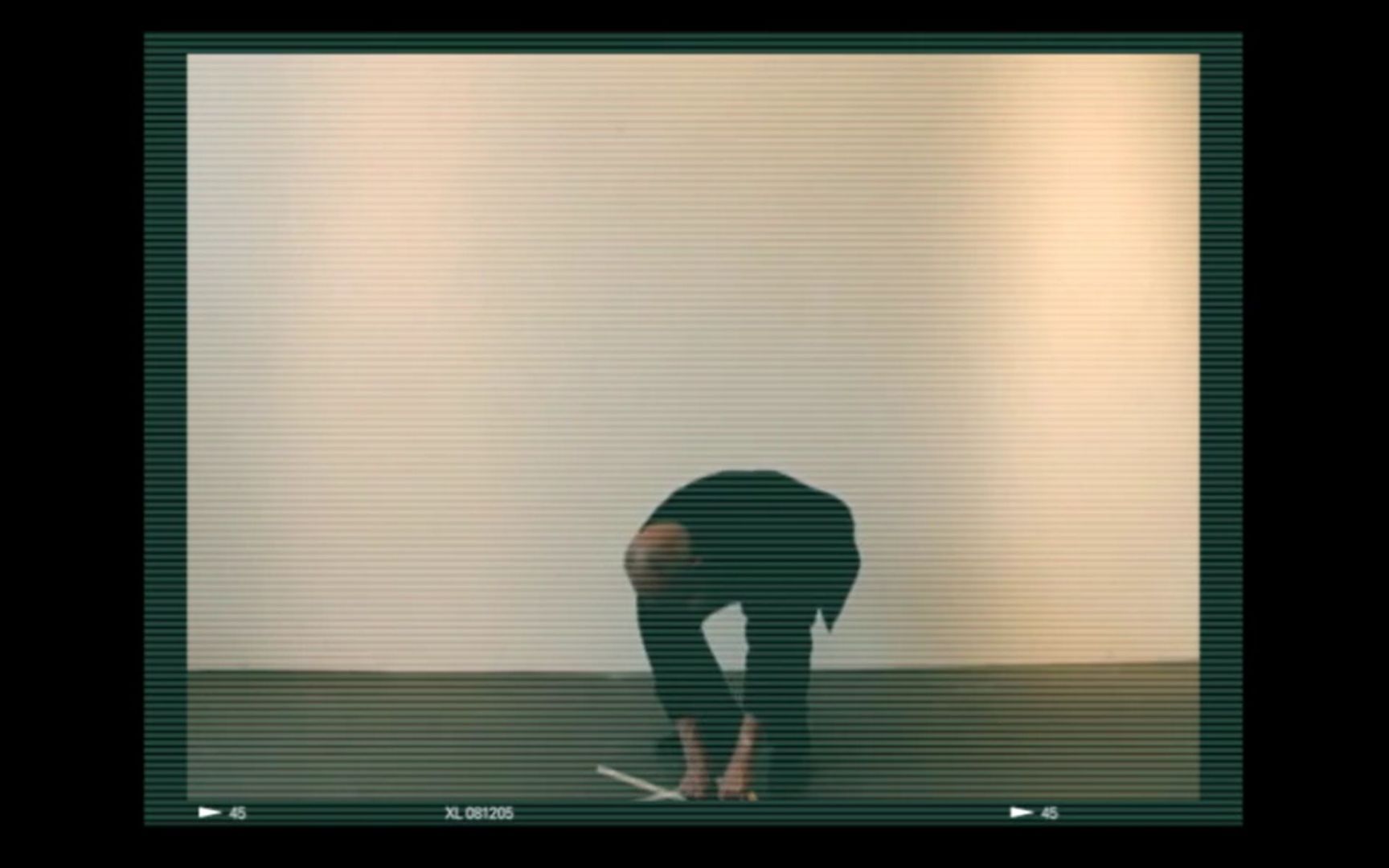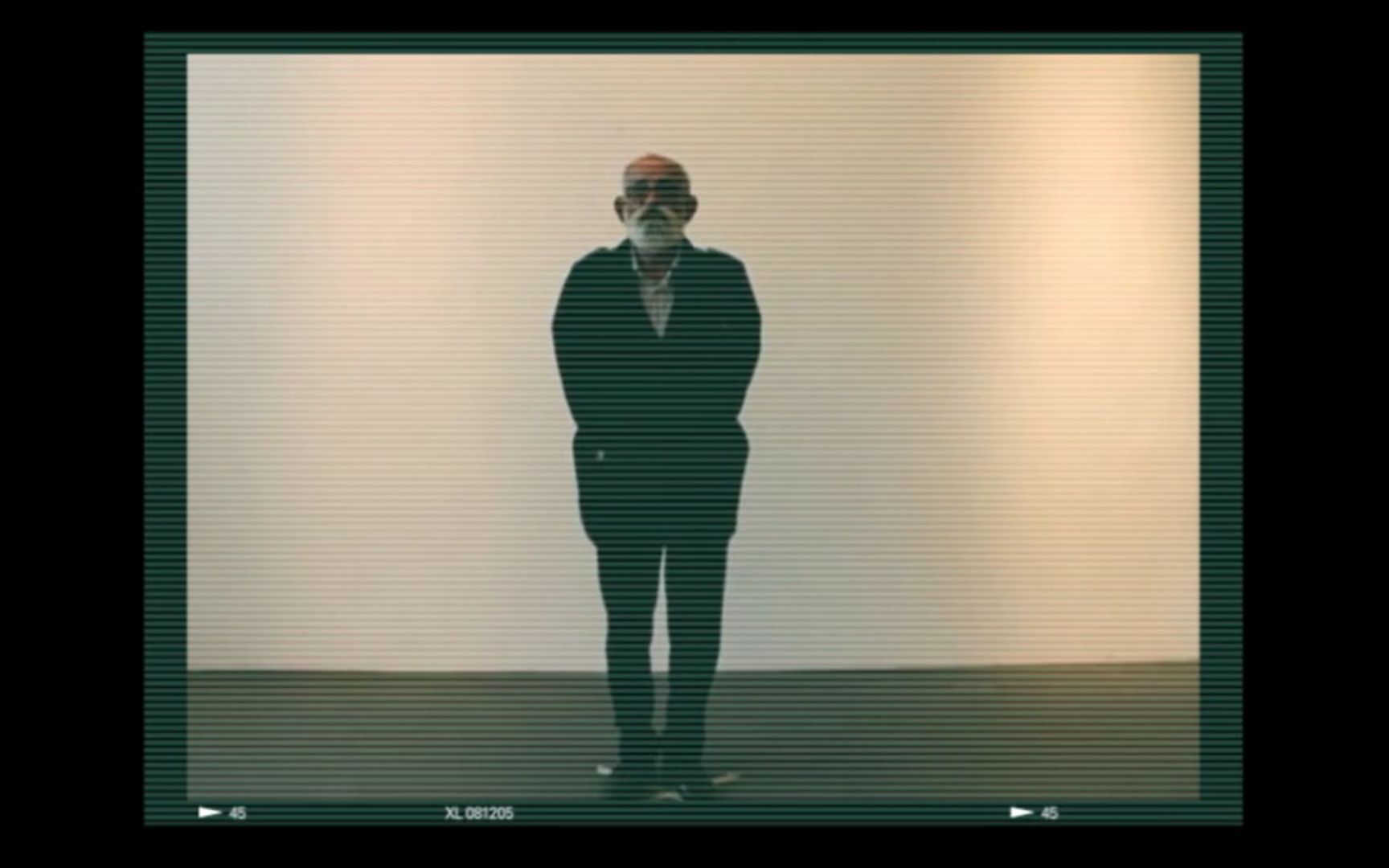SOSTAR? GROUP
SOSTAR? GROUP
SOSTAR? GROUP [2013–2014]
Sostar, Sostar, why are you Sostar?, 2014
video 5’23”
Courtesy of the artists
&
SOSTAR? GROUP [2013–2014]
X-Position, 2013
video 2’27”
Courtesy of the artists
Photo: József ROSTA © Ludwig Museum – Museum of Contemporary Art
“The Sostar group aims to change, reject, and rethink the schizophrenic conditions that, among other things, force also the group members to take on ethnicizing and moralizing roles. Further objectives include taking a critical approach to the functioning of the art scene and bringing about a change in perspective, as well as to point to the missing terminology that can facilitate a reinterpretation of Roma art, which is currently only present in the canon as an ethnic category. In projecting this change, the Sostar group’s writers and artists of Roma descent will, in the future, define themselves as part of the canons of Hungarian contemporary art and literature, freely owning their European mentality, as well as their Roma and Hungarian identities.” (André Raatzsch: Report on the results of the event entitled {roma} The contract to sell the ethnicity, tranzit.hu, 2014) With its creation in 2013, the Sostar group attempted to define its artistic, social and political status, thereby clarifying its social and artistic position. Although this was preceded by the intellectual work and circle of acquaintances of the founding members, the time span of the group’s activity was framed by clearly definable events and happenings: their art praxis can be dated mainly to the period between 2013 and 2014. Subsequently, although the dissolution of the collective was never announced, their activity ceased. In this sense, the group is not featured in Emplotment as an active artistic contributor: this position is also emphasized in the selection of works, the aim of which is neither historical retrospection nor a monographic summary. In this way, the exhibition integrates the group’s role in the Hungarian art scene into the concept with a documentary approach. The presented videos are intended to represent the collective’s statement and thus to shed light on how the group’s performative, revealing and reparative approaches have been put into practice. One of Sostar’s main objectives was to shed light on the exclusion of the Roma from the discourse on the Roma and to challenge the rigid definitions of identity. The members wanted to shift their own (visual) identity towards duality. The performative art praxis of the collective (see the event {roma} The contract to sell the ethnicity, held at the office of tranzit.hu, in the boxed section) helped the inclusion of pressing issues from the periphery: despite their short active period, the problems raised by Sostar generated serious debates; their initiatives and formulations significantly augmented the Hungarian scene as a whole. Although there is no direct continuation of the collective’s ideological trend, its resolved and singular stand for self-representation without stereotypes has been an inspiration for later work. When observed in an international context within the exhibition at the Ludwig Museum, nuances emerge that help to draw interesting analogies with decolonisation processes, bringing them closer to Hungarian reality. More importantly, the responsibility of the closed system of institutional structures, the role of the “authorized heritage discourse” (Laurajane Smith) with regard to erased, silenced narratives becomes clearer; the scars caused by the absence of these narratives point to the layers that have disappeared from collective memory, the exploration and evocation was one of the missions of Sostar almost a decade ago.
KÁLMÁN Borbála
